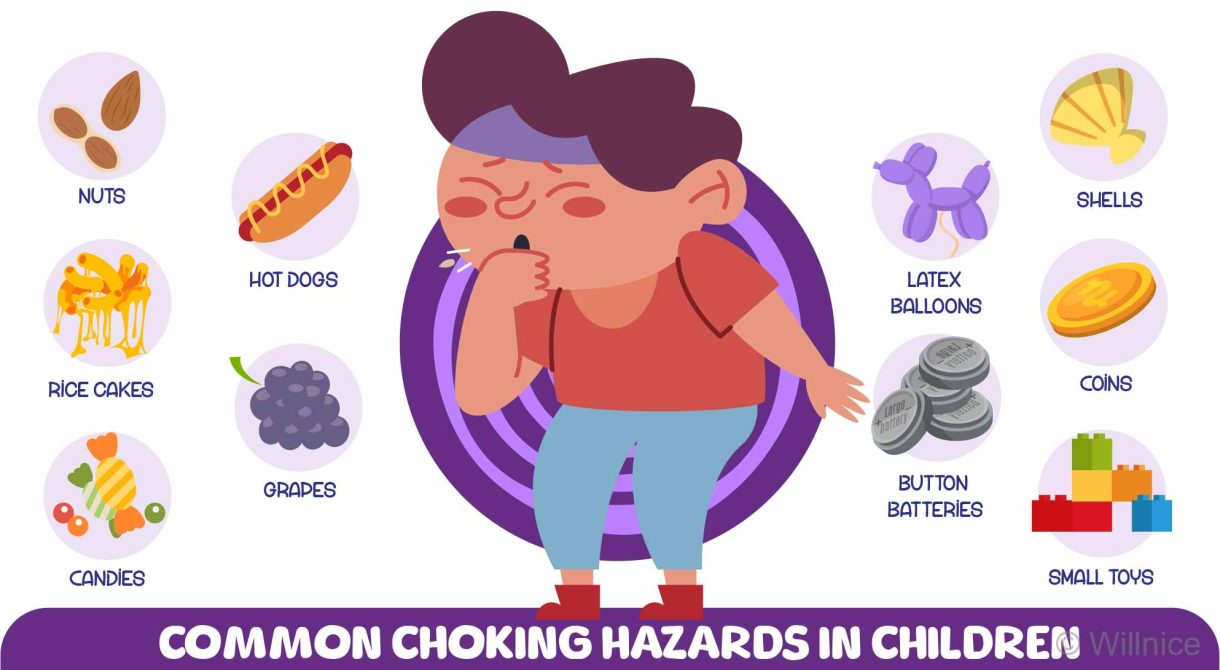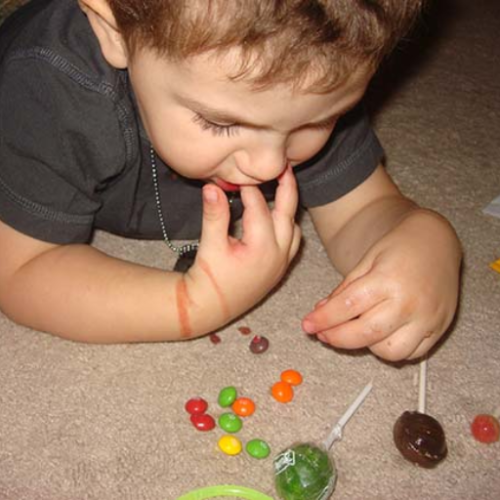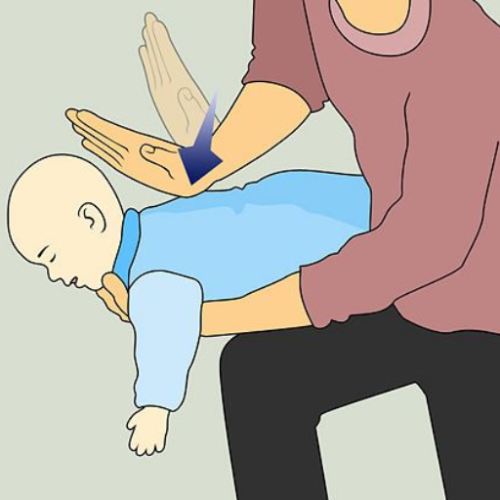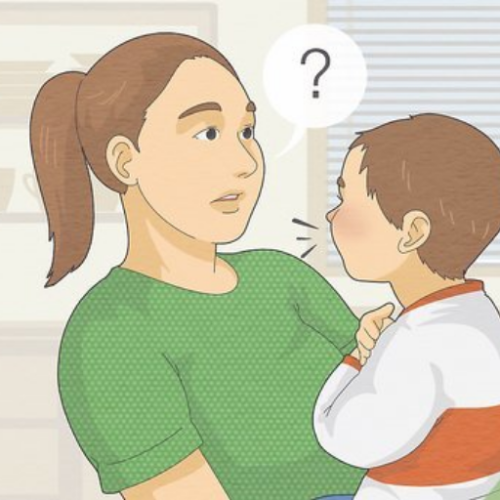
Preface:
Choking is the fourth leading cause of unintentional death in children under the age of 5, with infants and toddlers facing the highest risk.
This comprehensive guide details common choking hazards for babies and children, along with expert prevention tips. It is designed to help parents and caregivers prevent choking incidents and safeguard the lives of their loved ones.
Common Food Choking Hazards for Baby and Child: Understand the Risks
Food is the most common cause of nonfatal choking among young children. In the U.S., a child dies from choking on food every five days, and each year, over 12,000 children are admitted to emergency rooms due to food-related choking incidents.
The table below outlines some top food choking hazards.
| Foods to Avoid | Descriptions |
| Whole Grapes, and cherries | Cut them into quarters to prevent them from lodging in the throat. |
| Nuts and Seeds | These are hard and can easily block a small airway. |
| Popcorn | Its hard kernels and fluffy pieces can become a choking hazard. |
| Raw Vegetables | Hard vegetables like apples, carrots, and celery should be cooked and cut into small pieces. |
| Hot Dogs, Sausages | Cut them lengthwise and then into small pieces rather than sliced into rounds. |
| Hard or Sticky Candy | Avoid any form of hard candy, gummies, or chewing gum like cough drops, lollipops, marshmallows, caramels, and jelly beans. |
| Chunks of Meat or Cheese | Cut them into tiny pieces or consider grinding them. |
| Peanut Butter | It’s thick and sticky. If used, spread thinly on bread or crackers. |
Common Choking Hazards in Baby and Child: Toys and Household Items to Avoid
The following outlines some common toys and household items that can pose choking hazards to babies and toddlers.
| Choking Hazards | Descriptions |
| Small Toys or Parts | Like small balls, marbles, small figurines, and parts of toys that can detach. |
| Latex Balloons | Uninflated or broken balloons are a choking hazard and should be kept away from babies and young children. Balloons can conform to the throat and completely block the airway if inhaled. |
| Coins | These are common choking hazards due to their size and availability in most households. |
| Small Household Items | Like buttons, small batteries (especially button batteries), beads, small caps from bottles, and pen caps. |
| Jewelry and Watches | Like rings, earrings, watch batteries, and decorative pins, should be kept out of reach. |
| Magnetic Toys | Small magnets, if swallowed, can attract each other in the intestines, causing blockages or even serious injuries. |
| Stuffed Toys with Loose Parts | Eyes, noses, or any small parts that are sewn on can detach and pose a choking risk. Opt for stuffed toys with parts securely fastened and made from durable materials. |
| Pacifiers and Teething Rings | Inspect these regularly for signs of wear and ensure they cannot break into smaller pieces. |
Tips to Check if a Toy Is a Choking Hazard – Toilet Paper Roll Test
If a toy or any part of it can fit inside a toilet paper roll (which has a diameter of about 1.6 inches or 4.1 centimeters), it is considered a potential choking hazard for children under the age of 3.
This test is based on the size of a young child’s airway; objects that can fit into the roll are small enough to get lodged in a child’s throat.
Always ensure to read the toy's labeling as well, as manufacturers often provide specific warnings and label toys for choking hazards. Learn more about the Small Parts Ban and Choking Hazard Labeling at CPSC.gov.
Button Battery Warnings for Parents
Each year, U.S. poison control centers report around 3,500 cases of children swallowing button batteries. The most dangerous are nickel-sized batteries, about 20 mm in diameter, which can lodge in a child’s throat and cause severe damage to the esophagus in just two hours. Such incidents might necessitate the use of feeding and breathing tubes, along with multiple surgeries.
Be vigilant with toys and games containing magnets, and regularly check children’s play areas for any loose or missing magnets. If a button battery is missing from any household item, and you suspect it might have been ingested by your child, seek immediate medical help. Watch for signs of abdominal distress, including pain, nausea, vomiting, or diarrhea.
Choking Prevention Strategies: Keeping Baby and Child Safe
Monitor Eating
Always watch babies and toddlers while they eat. Ensure they are seated and not moving around during meals. Never allow babies to crawl around while eating.
Always Supervise
Never leave a baby unattended while they are eating or playing with small objects.
Correct Feeding Positioning
Always have the baby sit upright during meals. Do not feed a baby who is lying down or moving around.
Proper Food Preparation
Cut foods into small, manageable pieces that won’t pose a choking hazard. For babies, this means pureeing or mashing foods until they are ready for more solid textures. Use a baby food grinder, blender, or masher to adjust the consistency.
Avoid Hard and Small Foods
Avoid giving babies hard, chunky, or small foods that might block their airways. Be particularly cautious with nuts, grapes, hard candies, popcorn, and whole hot dogs.
Follow Safe Toy Guidelines:
- Ensure all toys and parts are age-appropriate and cannot be swallowed as indicated by safety labels.
- Regularly check toys for small parts that could become detached. Discard toys that are broken or have loose components.
- Purchase toys that meet national safety standards.
- Avoid Small Toys. Toys designed for older children often contain small parts unsuitable for babies.
Ensure a Safe Play Environment
Regularly inspect the area where your baby plays for small objects that could be swallowed, including buttons, coins, balloons, beads, and toys with small detachable parts. Keep all potential choking hazards securely stored away and out of your infant’s reach to maintain a safe play environment.
Learn Choking First Aid
Parents, caregivers, and older siblings should be well-versed in first aid methods to safely dislodge food or objects if a baby chokes. Additionally, learning infant CPR is crucial. Being equipped with this knowledge can help prevent tragedies during choking emergencies.
Helpful Resources
Infant Choking First Aid: Complete Step-by-Step Guide
How to Perform Abdominal Thrusts (Heimlich Maneuver) on Choking Child
Is Rice a Choking Hazard for Babies? What Parents Need to Know
Is Popcorn a Choking Hazard for Kids? When Can Kids Eat Popcorn
What Is the Universal Sign for Choking?








 Login with Google
Login with Google Login with Facebook
Login with Facebook